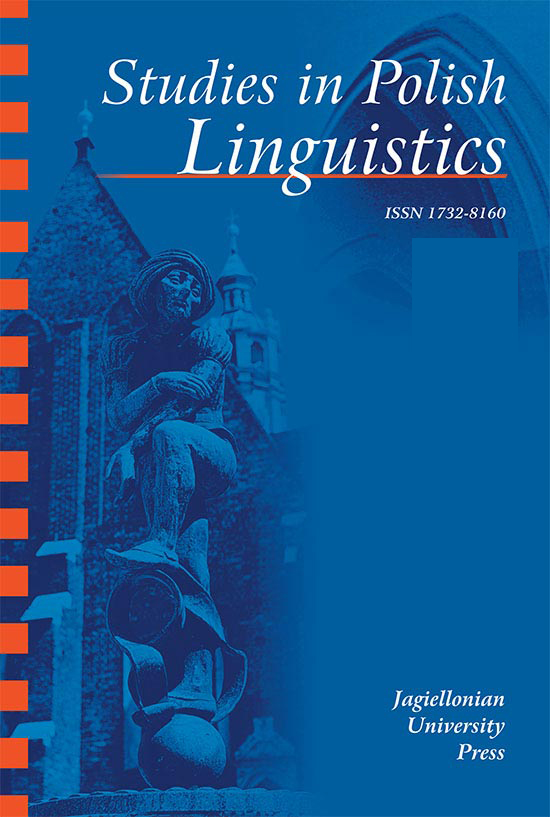Stylistic Dominants in English and Polish Poetic Texts: Literary Semantics Facing Translation Studies
Stylistic Dominants in English and Polish Poetic Texts: Literary Semantics Facing Translation Studies
Author(s): Elżbieta Chrzanowska-KluczewskaSubject(s): Recent History (1900 till today), Semantics, Comparative Linguistics, Translation Studies
Published by: Wydawnictwo Uniwersytetu Jagiellońskiego
Keywords: literary semantics; comparative stylistics/poetics; semantic/stylistic dominant; plurisignation; figuration; equivalence in translation;
Summary/Abstract: The article refers briefly to the development, over the last half-century, of the sub-discipline of literary linguistics called literary semantics in anglophone tradition (mostly British), pointing out its roots in other scholarly paradigms (among others Russian formalism and the Moscow-Tartu school of semiotics) and its close connection with cognitive poetics. The author mentions also a development of studies on artistic language in contemporary Polish linguistic theorizing. Conceived by Trevor Eaton as a broad linguistic approach to literary texts, interdisciplinary in nature, literary semantics – in a natural way – enters into dialogue with translation studies in the area of research called comparative stylistics. The author discusses the notion of semantic dominant, introduced into linguistics by Roman Jakobson in 1976 and into the Polish critical theory of translation by Stanisław Barańczak (2004) to designate the most salient element of the poem’s complex structure, acting as a clue to its interpretation and translation. The examples provided by Barańczak, voiced as metalinguistic comments on the construal of his own translations of selected English poems as well as critical evaluation of other translators’ output, lead us to the conclusion that the concept of semantic dominant should be re-named stylistic dominant, the term that better reflects a peculiar characteristic of a multi-level and oft en multimodal nature of meaning in poetic texts (plurisignation, after Wheelwright 1954/1968). What is more, we should talk about sets of stylistic dominants (rather than their single occurrences) that act as keys to complex semantics of poetry. An important dominant remains figuration (troping in particular) but the orchestration of the poem (the totality of its phonetics and versification) and oft en its graphic layout are of no less import in meaning construction.
Journal: Studies in Polish Linguistics
- Issue Year: 11/2016
- Issue No: 4
- Page Range: 189-208
- Page Count: 20
- Language: English

